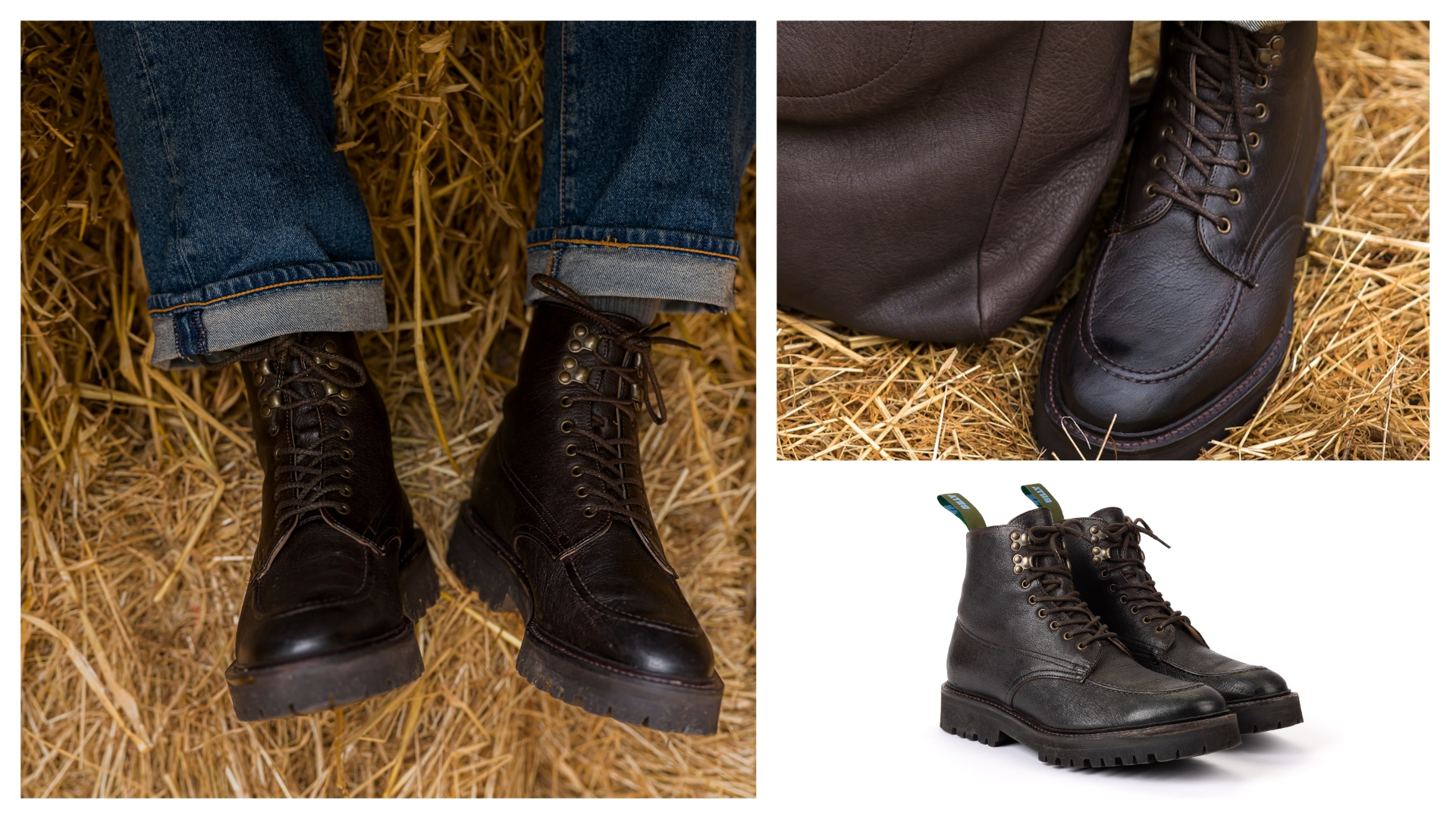
Red Dead Redemption 2 is out today, and in an ideal world we’d all have a week or two off to play it, engrossing ourselves fully in its beautiful grimy world and forsaking all other life.
But we don’t live in that ideal world. We’re grown-ups, grown-ups with jobs and responsibilities and other commitments. Places to go, people to see, money to earn. But, god damn it, can’t everything just be cowboys now? Pulling yourself out of Rockstar’s beautifully realised world and back into the hideousness of 21st-century reality is, well, not as good as staying in there, riding your horse about, getting in casual duels and just enjoying being a cowboy.
Whether travelling to work, killing a few PlayStation-less minutes between jobs or just being with other people not having the opportunity to be as self-indulgent as a triple-A title demands, you can stay in the world of Stetsons and snarling, in ways that are either more doable out in the world or less self-absorbed when sharing a life with others.
Films

Westerns used to be the most popular genre of film. Whether it was the timeless appeal of stories about solitary men standing up for what was right, the universal excitement of gunfights or the elegant simplicity of goodie-v-baddie, studios simply couldn’t make enough of them. Or maybe it was that the film industry was based in California, surrounded by stark rocky landscapes that were perfectly conducive to making a totally serviceable cowboy tale in a day and a half with three speaking parts and five extras. Either way, it was big business.
The triple punch of Sergio Leone’s The Good, The Bad and the Ugly(1966), John Ford’s The Searchers (1956) and Sam Peckinpah’s The Wild Bunch (1969) tend to top most lists of the best Westerns ever, and if looking at that era, find time for George Roy Hill’s completely charming Butch Cassidy and the Sundance Kid (1969). In developing the first Red Dead Redemption, Rockstar specifically cited The Wild Bunch as an influence, along with High Plains Drifter (Clint Eastwood, 1973), Unforgiven (Clint Eastwood, 1992) and The Proposition (John Hillcoat, 2005) - as major influences. Unforgiven was the second-ever Western to win the Best Picture Oscar, and the one that did so afterwards is also fantastic - the Coen brothers’ No Country For Old Men (2007), as are their other Westerns, True Grit (2010) and (presumably) the imminent The Ballad of Buster Scruggs (2018).
Also great: The Magnificent Seven (the 1960 version - the 2017 one on Netflix boasts an amazing cast and not much else), Mel Brooks’ Blazing Saddles (regularly decreed the funniest film of all time), Tommy Lee Jones’ directorial debut The Three Burials Of Melquiades Estrada, David Mackenzie’s Hell Or High Water, S. Craig Zahler’s Bone Tomahawk and both of Quentin Tarantino’s dives into that world, Django Unchained and The Hateful Eight. We obviously predominantly associate Westerns with the US, but there are some amazing Australian contributions to the genre, known as “meat pie Westerns”, like The Proposition, mentioned above, and David Michôd’s fantastic The Rover. Then there’s South Korea’s brilliantly bonkers The Good, The Bad, The Weird…
TV

There were umpteen Western TV shows made in the ‘60s - Gunsmoke, Rawhide, Bonanza, The Lone Rangeret al - but they haven’t really stood the test of time (despite Rawhide starring a young Clint Eastwood), and if you can sit through the 1990s’ Walker, Texas Ranger or Dr Quinn, Medicine Woman, then well done to you. The best Western telly is all from this century, excellent shows you don’t ever want to watch with your parents, like the amazing Deadwood, which has the wit, violence and excellent swearing of Red Dead Redemption, with Ian McShane’s extraordinarily profane Al Swearengen the absolute star. He used to be charming antiques wheeler-dealer Lovejoy, but in Deadwood he’s flinging c-bombs around like they’re going out of style. It’s really something. Netflix’s 2017 seven-part series Godless, starring Michelle Dockery, Jeff Daniels and Jack O’Connell, is a slow, glorious, hideous masterpiece, an absorbing but horrifying experience. Then there’s Westworld, of course, HBO’s sci-fi, robots-with-no-pants-on, mega-budget exploration of free will and humanity, one of the most beautiful-looking shows ever made. Again, do not watch ANY of these with your parents.
Get exclusive shortlists, celebrity interviews and the best deals on the products you care about, straight to your inbox.
Books

A reasonable amount of excellent Westerns were written while events like the ones portrayed in them were actually going on - William Fenimore Cooper’s five-volume Leatherstocking Tales (including The Last Of The Mohicans) were written in the nineteenth century while set in the eighteenth, which obviously felt like a long time ago to Cooper but from our perspective might as well be a documentary. Later, in the days of pulp novels, where books were churned out for peanuts in as much time as they took to type, Westerns were up there with sci-fi and sword-and-sandal fantasy as a genre in which endless tales could be run out. Arguably more interesting are works like Cormac McCarthy’s Blood Meridian (all of his Westerns, in fact: All The Pretty Horses, The Crossing, Cities of the Plain and No Country For Old Men, and you could probably just about call The Road a Western if you stretch it a bit), Joe R. Lansdale’s meta-pulp tales of zombie cowboys like Dead In The West and completely straight, beautifully written Paradise Sky. The late, great Elmore Leonard wrote a bunch of reasonably pulpy Westerns early in his career, but returned to (or at least towards) the genre with later works like Cuba Libre.
Comics

Many of the greats of comics, the Jack Kirbys and Joe Simons of the world, cut their teeth on Western stories, but seen from a modern perspective a lot of the Golden Age stuff can feel a bit unsophisticated and a bit, er, underwhelming. It was all created to be a bit disposable, mainly aimed at children, and just doesn’t tend to have much in the way of nuance or depth. Much more interesting comicswise was the rise of the Weird Western, cowboy tales with horror or fantasy elements incorporated. Depending on how loosely you apply the term, Jonah Hex, Preacher, East of West and Doc Frankenstein could all count as Westerns. Scalped by Jason Aaron is one of the greatest comics ever written, a bleak-as-hell crime drama set on a Native American reservation that will stick with you for years afterwards. Loveless, written by 100 Bullets and Joker mastermind Brian Azzarello, starts off as a conventional but compelling cowboy tale before ghosts show up. Stephen King’s first foray into original comics work was American Vampire, which alternated between Western and 1920s timelines and was great fun. Mark Millar’s Old Man Logan Wolverine storyline (which was a huge influence on the Logan film) puts the character in a post-apocalyptic Westernesque world.
You may also like
- Here are the first images from 'Rambo V' and Rambo is an old cowboy now?
- The Coen brothers are creating a Western TV series
- Elmore Leonard's top 5 Western badasses
Most emails are rubbish. Ours isn't
Get exclusive shortlists, celebrity interviews and the best deals on the products you care about, straight to your inbox.
(Image: Rockstar)

